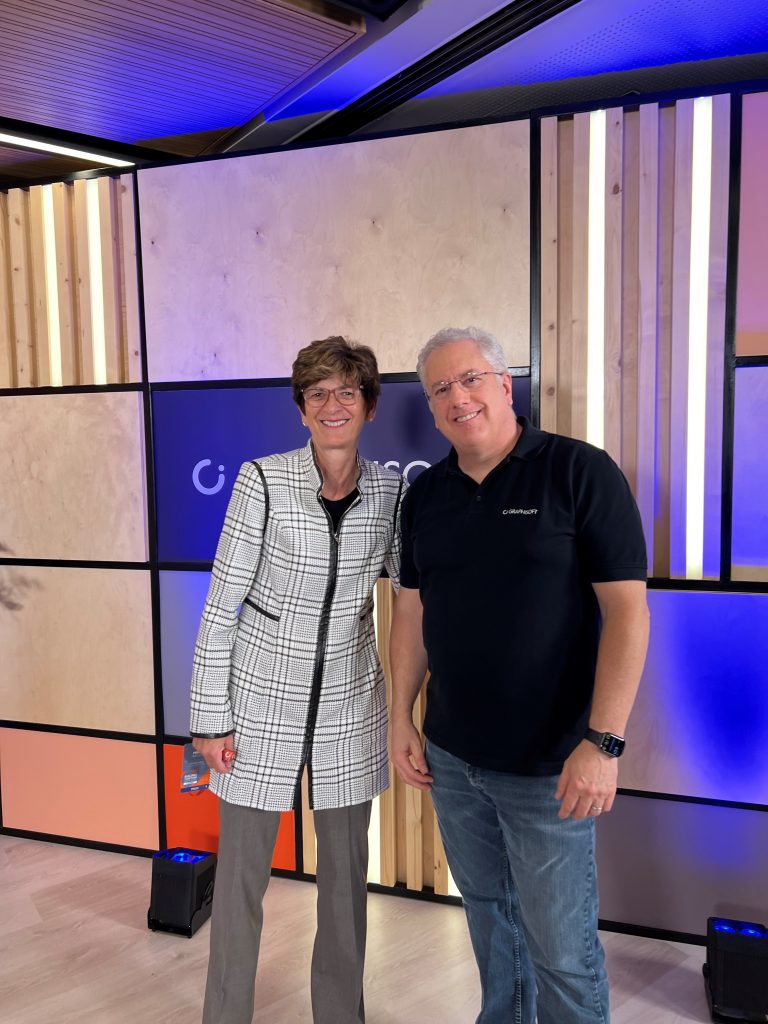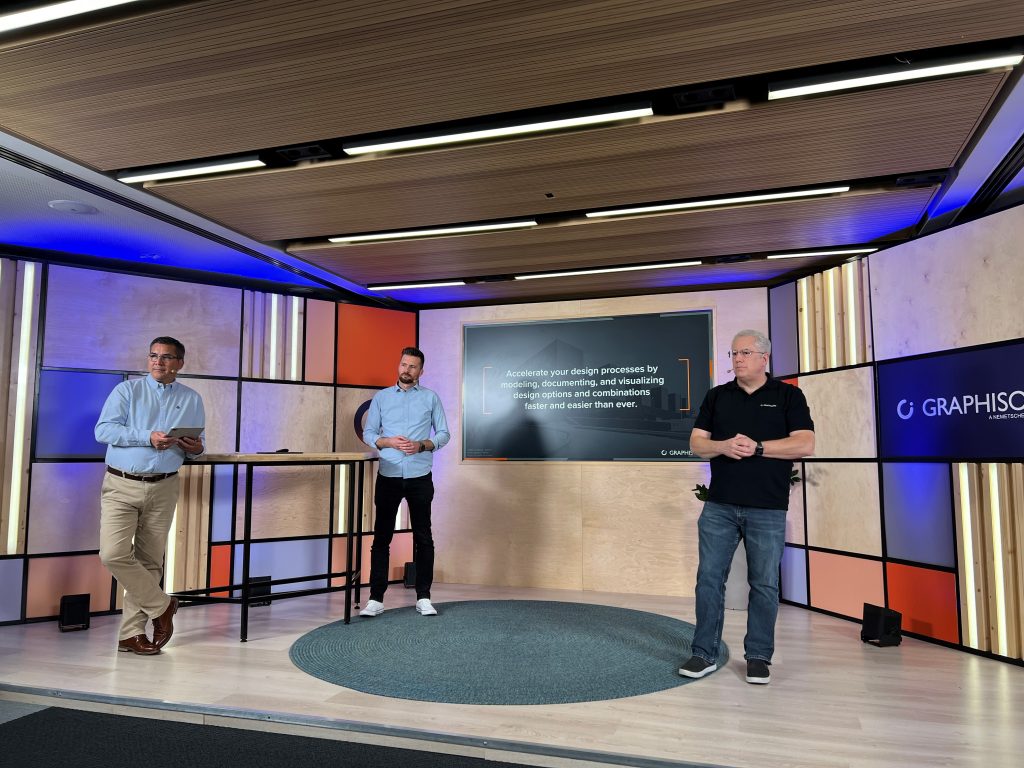Huw Roberts, CEO, Graphisoft, began his career more than three decades ago as an architect working on projects including private homes, restaurants, healthcare, and sports facilities. He knows firsthand what it means to learn and train on the job with other great architects—and he provides some great insights about what it will mean to train and inspire today’s next generation of young workers, all while leveraging the latest technologies and BIM (building information modeling).
“I think back to when I was an intern to become an architect. I learned by osmosis and by working with the old guy who smoked too much and getting all the insight and watching the guy at the desk next to me,” he says. “Today one of the things the computer has done is in some practice moves there are technician employees and then there are professional employees. In true BIM, that doesn’t happen. In true BIM, the professional is using the advanced tools themselves. In that environment, you can get great learning and development and bringing interns and get the advancement in the labor force really strongly, probably better than you could back when I was trying to learn.”

These thoughts from him come at an interesting time. ResearchandMarkets suggests the global BIM market is valued at $7.9 billion in 2023 and it is projected to reach $15 billion by 2028, which represents a growth rate of 13.7%. At the same time, the technology continues to advance and the pace of change continues to speed up.
“We are at an incredibly exciting time in this industry,” says Roberts. “Change is constant. There is always change, but it comes in waves too and I think we have a bunch of big waves of change happening in our industry.”
Some of these waves were seen and discussed at Graphisoft’s Building Together event in Budapest, Hungary. Here the company announced its latest product lineup today, including significant feature updates to Archicad, BIMcloud, BIMx, and DDScad. For example, Archicad has a new design option solution, professional visualization tools, improved management of complex projects, and advances in open, multidisciplinary design collaboration.
But it is Roberts’ vision for what comes next that sparks a lot of interest, especially when we begin talking about the future of work.
“I think more and more software and services and SaaS (software-as-a-service) and apps are going to be task-based,” he says. “The notion of the big monolith thing is going away. Now you need something to tie it all together. You need an information backbone. You need a framework for all of these to work on. That might be a model, a BIM, like Archicad.”
To achieve this goal, roughly a year ago the company announced a public roadmap for how it is approaching serving the AECO (architecture, engineering, construction, and owner) industry and what its priorities are that are a reflection of what it is hearing from its customers.
The company also introduced the technology framework—the adaptive hybrid framework—which focuses on how it can take advantage of the capabilities in the products today, but enable them to be empowered by new technologies, services, and functionality that leverage things like the cloud, AI (artificial intelligence), data services, transformation services, and more. Roberts says during the past year, it has advanced the roadmap and refined it with the market.

“We have envisioned how we built our platform and framework to enable the system and the services and the software to become increasingly a decision-support system,” he explains.
He points to CAD (computer-aided design) as being a necessary tool to document what you have already thought of, and when you move into BIM it starts to help you decide where to put something.
“Increasingly, by being able to connect the data to different services and tools and do it in realtime and in the design environment, that can be supporting the decision of the person who is actually doing the designing,” he says. “It is not going to another person or another process or another step in the workflow.”
At the end of the day, the core of the company’s philosophy is open BIM and providing all this data to help the next generation build better, together. As companies leverage these tools, we are building a more resilient and sustainable future that advances data collaboratively in new and iterative ways.
Want to tweet about this article? Use hashtags #construction #IoT #sustainability #AI #5G #cloud #edge #futureofwork #infrastructure #BIM #workeroftomorrow


